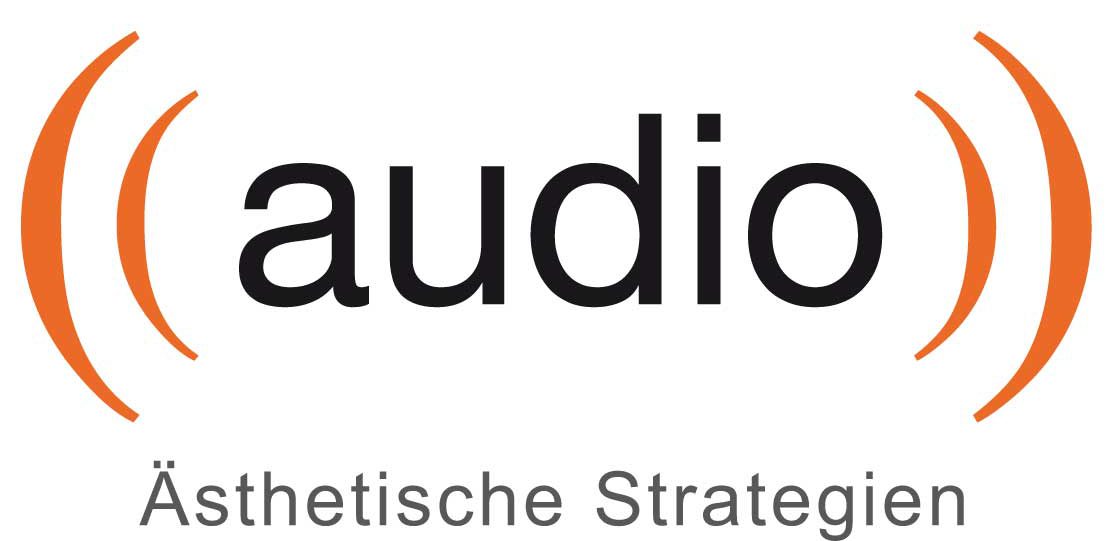von Jan-Alexander Krause
The sound installations ‘Call For Action‘ and ‘Connection is made…’ interact with the mobile devices of their viewers and thereby illuminate different aspects of the relationship between the human being and his or her means of media communication. This is achieved, among other things, by looking back into monophonic times and by revealing the silent operations of the mobile device (see videos).
The installation ‘Call For Action*’ by the master students Finn Joris Brunken, Lukas Iden, Monja Langemeyer, Lucas Schröder and Sophia Tobis screams for attention and hits the shrill sound of the long expired Jamba! Spar-Abo TV commercials. Comic mascots advertise mono as well as polyphonic ringtone subscriptions and promise to enhance the sound of your own mobile device many times over with a lot of bling and glitter. The scenery is accompanied by a looped arpeggio in the style of a simple and penetrating ringtone.
From the time of said Jamba! Spots are also the three mobile phones with large number keys and pixel displays, which were reactivated for the production and can be selected with their own number. Contrary to expectations, however, when a call comes in, it is not the concise ring tones of the devices themselves that are heard, but much more complex sound sequences that rhythmically and harmoniously complement the ring tone arpeggio in the background.
Lukas Iden says: “The original inspiration for the sound of the installation were the productions of Life Sim, especially the track I.D.L., which is basically like the quiet moment in a trance song before the kickdrum starts again. This moment, however, is stretched to almost six minutes with various variations of tension build-up, without the 4-to-the-floor kickdrum ever kicking in. Thus the sound aesthetics of Call For Action* is also inspired by trance and generally uses stylistic means of electronic dance music, which are used to build up tension and suggest its dissolution.
However, despite an unlimited number of calls, the resolution is never achieved, says Iden. “Rather, the aim is to demonstrate the consolidation and simultaneous arbitrariness of cultural contexts through technical media. The technical-cultural framing is always shown in the non-occurrence of expectations. The disappointment of a missing drop shows how musical structures are culturally consolidated. The surprise at the fact that calling mobile phones does not make a polyphonic ringing tone, reveals the connection of media-technical devices with certain sound events”.
The installation ‘Connection is made…’ by Merle Bertram, Frenz Jordt, Robert Haase and Alex Krause is somewhat more discreet. Optically staged as a sculpture with human as well as machine-technical forms, the installation processes – completely unasked – the mobile phone radiation of its viewers. Equipped with an antenna, arduino and loudspeakers, the sculpture reacts to the electromagnetic radiation impulses in close proximity and thus automatically interacts with its audience.
When electromagnetic radiation is received, the sculpture begins to speak with a machine voice and divulges sensitive information. With messages about the relationship status, place of residence, criminal record, creditworthiness, the last Google search and many other personal details, it is suggested that the sculpture excludes the mobile devices of the bystanders and makes their data public. At the same time, it seems as if the unrelated information is forming an abstract profile.
The idea for the installation was inspired by the sound phenomenon that occurs when, for example, the reception of a simple kitchen radio is disturbed by the electromagnetic radiation of mobile phones and smartphones – this is expressed in a rhythmic noise through the radio loudspeaker. The exciting thing is that the silent transmission and reception of data on mobile devices becomes audible in these special moments. The conceptual goal of the developers was therefore to make the silent and permanent action of the mobile devices audible and to refer to the sensitive content that can be transmitted in the process.
Both installations emerge as artefacts from the seminar Sound, Space, Movement, which dealt with the theory and practice of auditory design in interactive environments.
